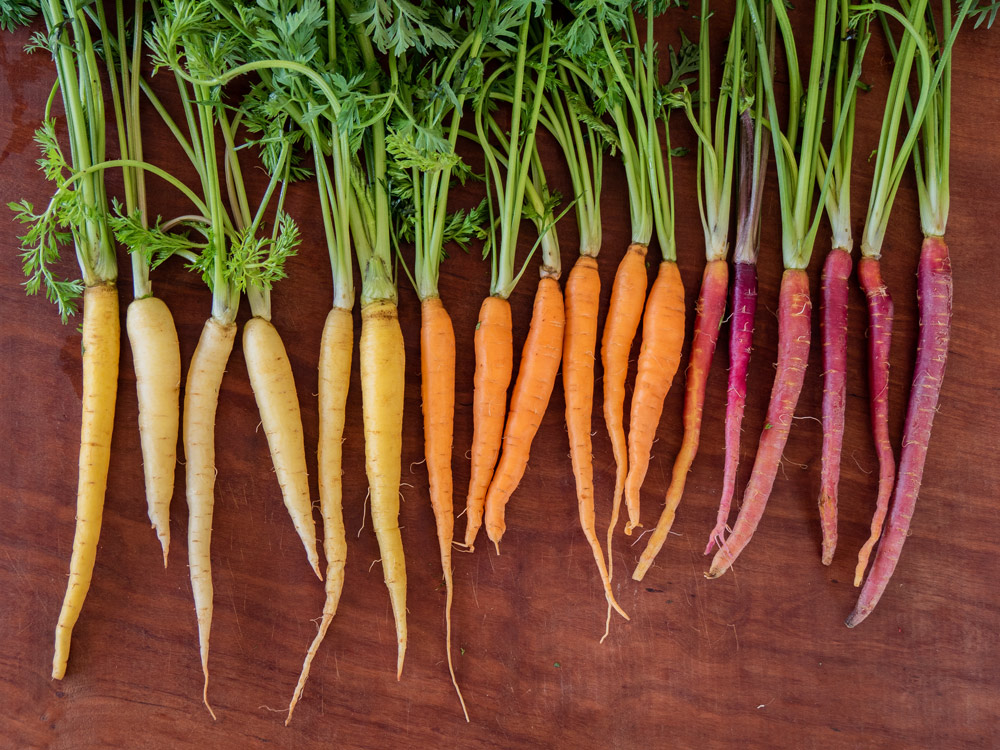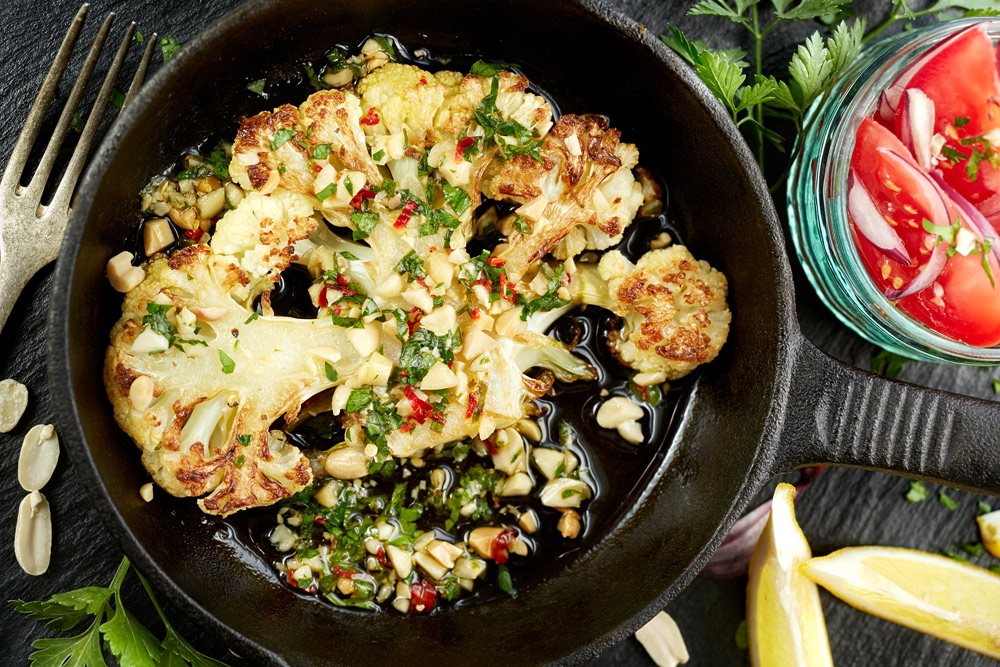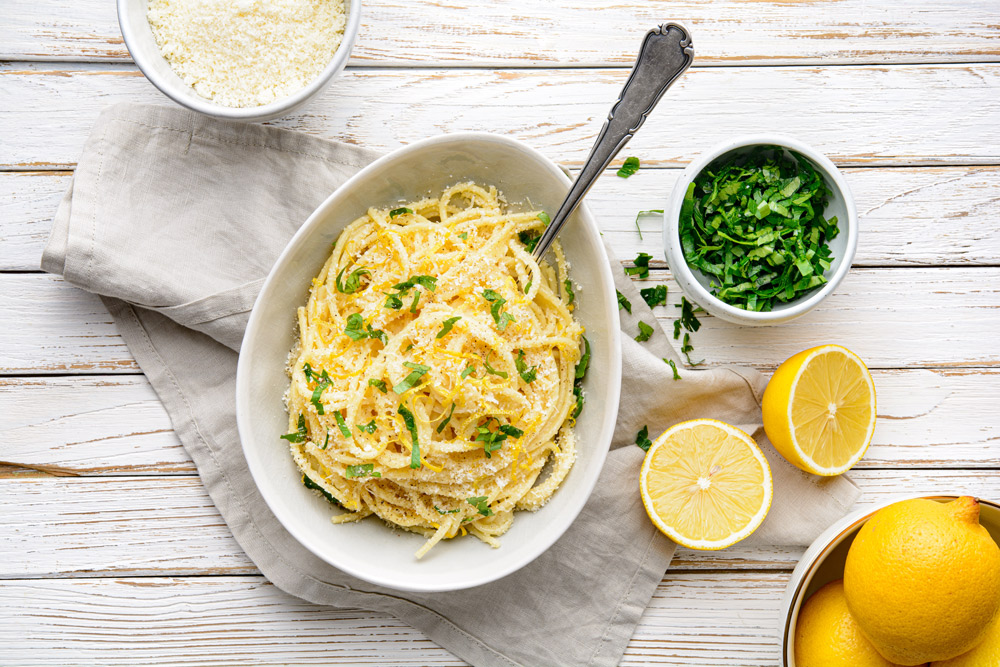We are apartment dwellers and don’t have a garden, but we’re always beguiled by the jewel-like colors of just picked produce at the Saturday farmer’s market. When vegetables are this fresh, they only need a quick dip in olive oil.
Ingredients
- 12 small rainbow carrots, preferably with tops, scrubbed
- 3 small heads fennel, ends and tough outer leaves trimmed
- 2 bunches baby turnips (about 12) or 6 medium regular turnips
- 2 or 3 bunches small red radishes with leaves
- 2 scarlet turnips or 1 watermelon radish (optional), thinly sliced crosswise
- Fresh extra virgin olive oil
Directions
Step 1
Trim the carrot tops, if using, to about 1/2 inch, and trim the root hairs, then cut the carrots in half lengthwise. Cut the fennel lengthwise into slender wedges. Set the vegetables in a large bowl of ice water for about 1 hour to crisp.
Step 2
Meanwhile, if using baby turnips, trim the tops to about 1/2 inch, then quarter the turnips; or cut regular turnips into slender wedges. Remove all but a few small leaves on each radish; swish the radishes in water to clean. Crisp the turnips and radishes in another bowl of ice water for about 45 minutes.
Step 3
Drain and dry the vegetables and arrange on a large platter. (Drape with damp paper towels if they’ll be standing before serving.) Serve with oil for dunking
Serves 8 — Recipe adapted from sunset.com




